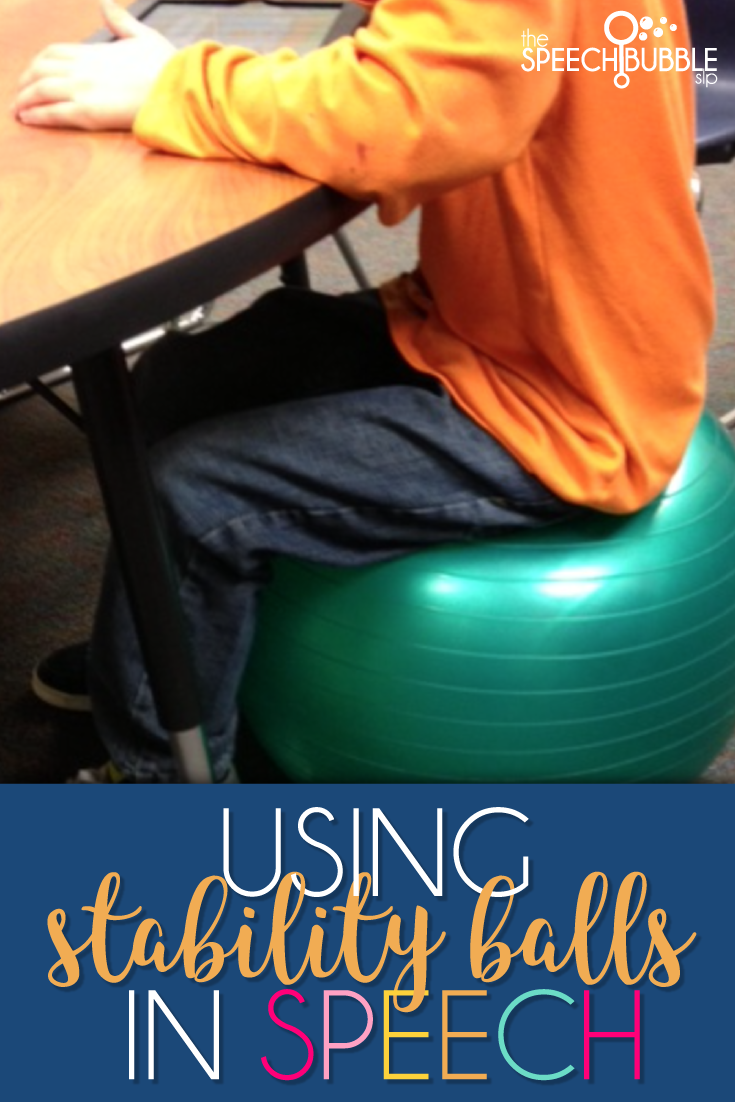
About two years ago one of the faculty members at my school read an article about the use of stability balls in the classroom instead of chairs. The article cited that research had shown it helped to improve the focus and performance of students, especially those with ADD/ADHD. In an article from USA today, it stated that the theory is, “When the body is engaged, the brain is engaged.” USA Today Article Well, after reading that article and some more compelling research, our school decided to give it a try. It worked so well that now most of our room have stability balls for students to sit on. I decided I wanted in on the fun and brought one of my yoga balls that, I am ashamed to say was gathering dust, from home. I started by just having a few students use it during speech, mainly the ones who are extra wiggly. It must be the SLP in me, because I couldn’t help but keep data, please don’t judge me.
I took data over a few weeks on the amount of redirections I would give to these students before sitting on the ball and then the amount of redirections when they used the ball. Well, was my data interesting. The amount of redirections went down a fair amount, almost 60%! Some people may say that is not that great, but when you go from giving almost 20 redirections in 30 minutes ( yes, you read that right ) to 8, well, I will take that any day of the week. Now keep in mind this was just me playing researcher, not any official study, although I will provide you with links to some. My students really enjoyed the ball, it was a fun alternative to the ever so stylish plastic chairs in my room. Here is a pic of one of my kids in action. The picture looks a bit odd, but don’t worry he is touching the floor.

Now, when my students use the ball there are rules that go with it: 1. No bouncing, there should be no air between you and the ball, 2. The ball is for sitting not being goofy. If they cannot follow these rules they loose their ball privileges. I have one ball right now, and I am planning on bringing my other dusty yoga ball from home when we come back from break. Please keep in mind this is not for everyone. Students with OT difficulties, vertigo, or sensory disorders may not be the best kiddos to to put on a ball. But if anyone has some extra wiggly kids, you might want to give it a shot. Below are some links to research about using stability balls. You can also find more information by doing a simple Google search.
Research:
USA Today
Using Stability Balls to Improve Student Focus ( PDF )
Use of Stability Balls to Improve Behavior and Handwriting ( PDF )







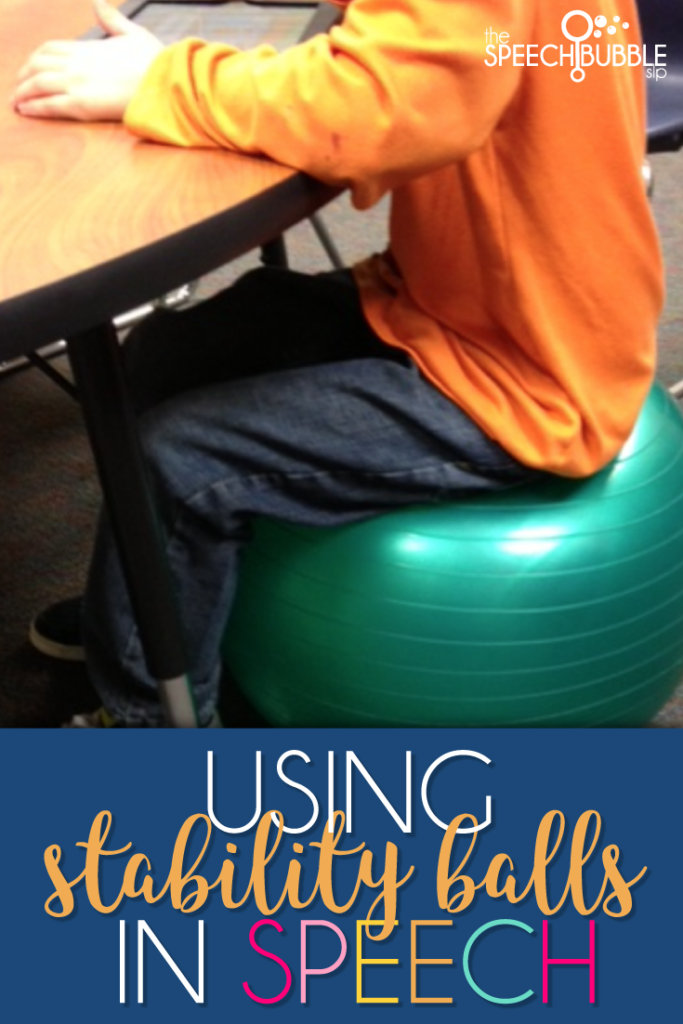
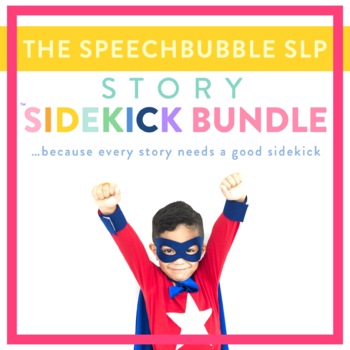
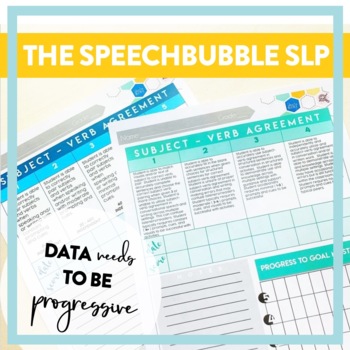
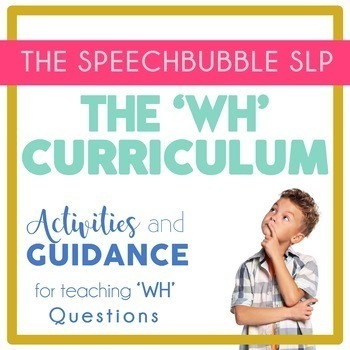


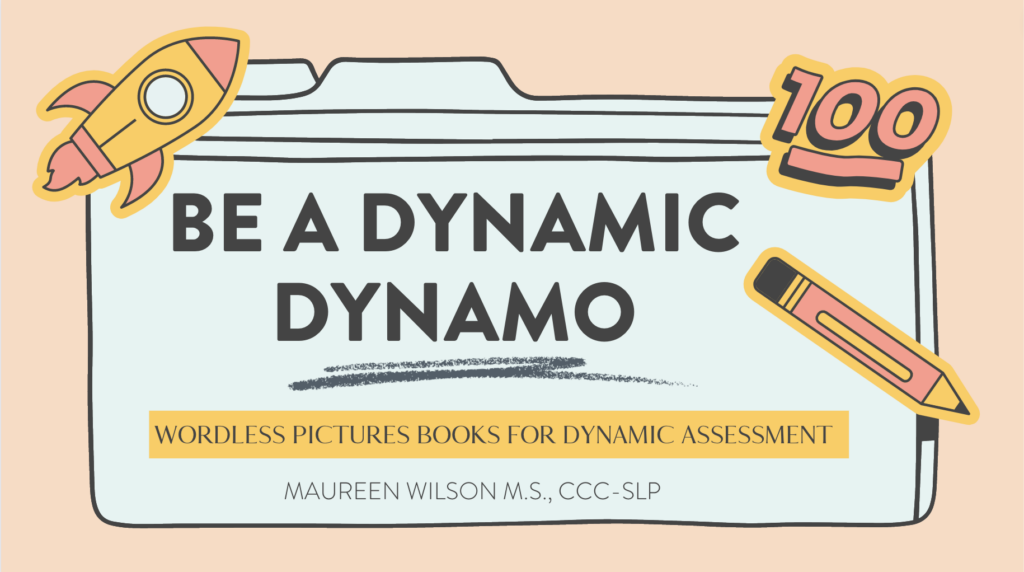
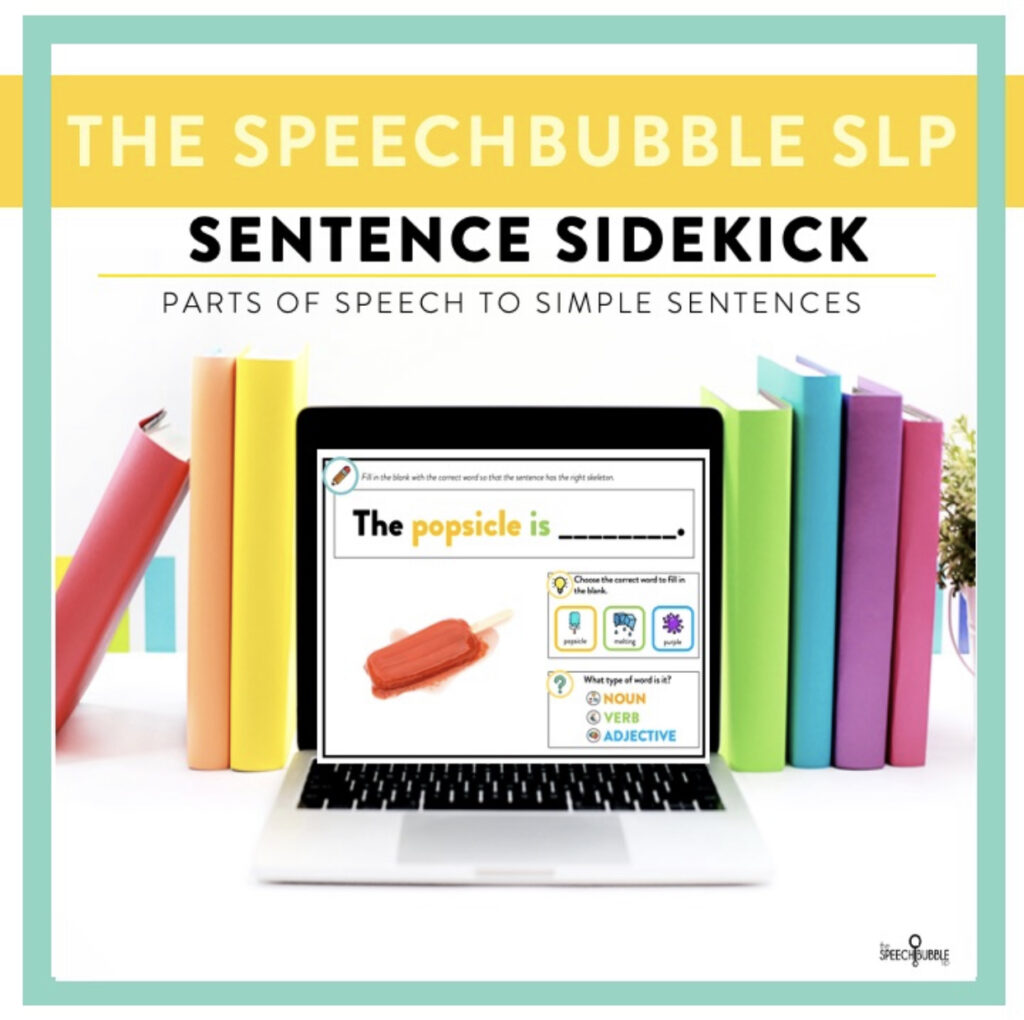
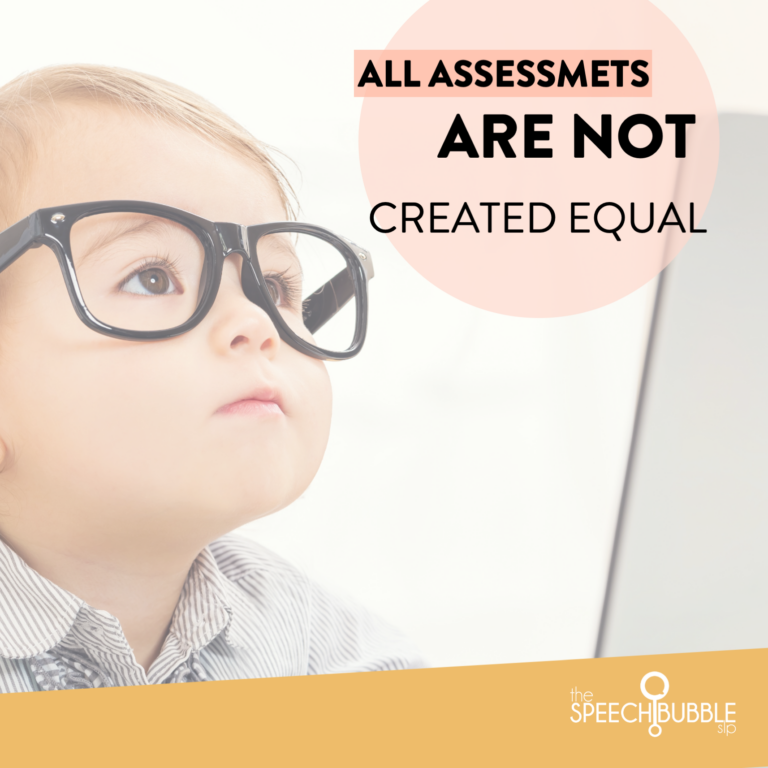

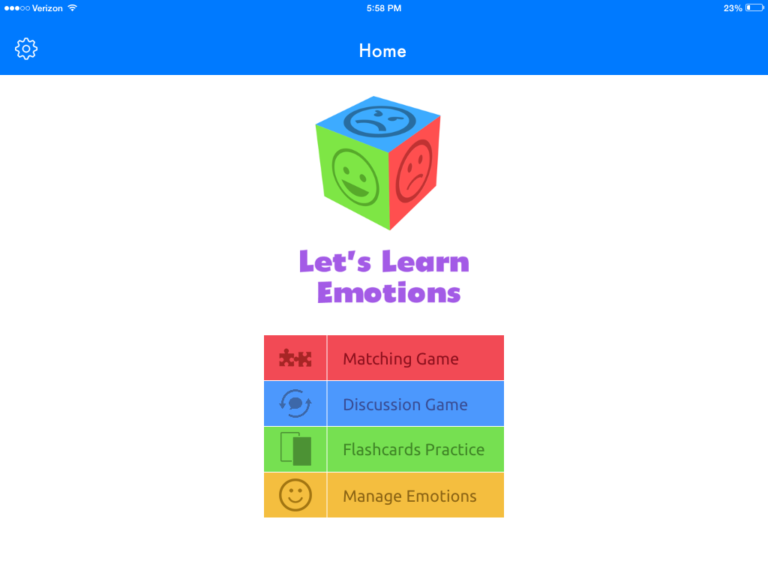
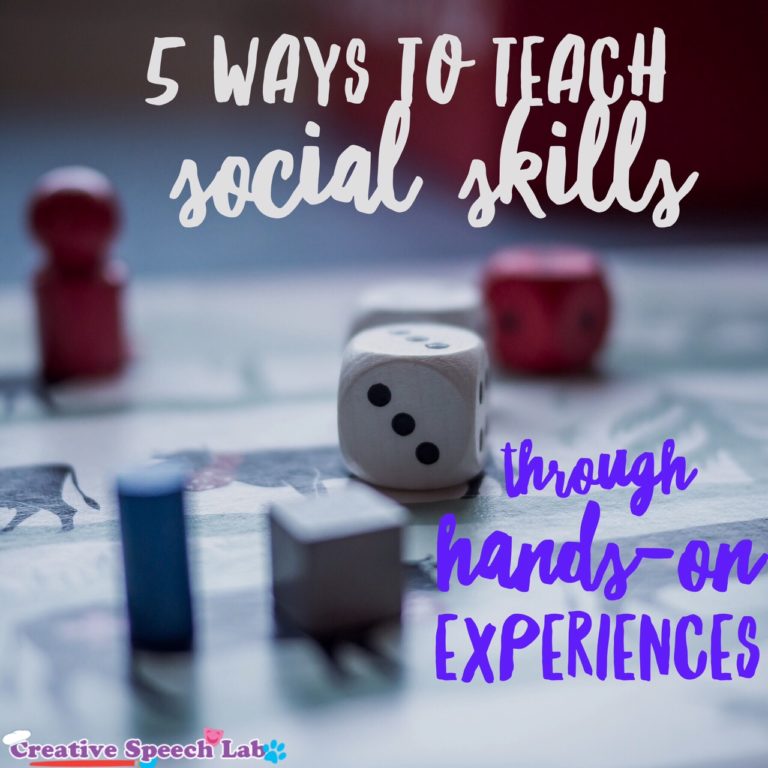

4 Responses
Are you still using the stability balls? How is it going? Learned anything more from your use of them?
My son’s IEP states that he is able to use a stability ball and it has been a huge benefit for him. How has it helped those in your classroom?
I’ve seen my students who, without it would be quite wiggly and distracted, are able to attend more to our activities and the use the ball.